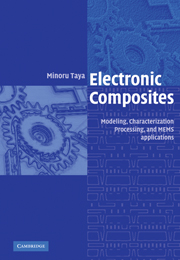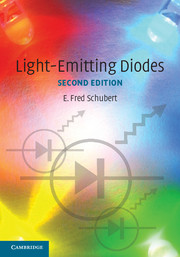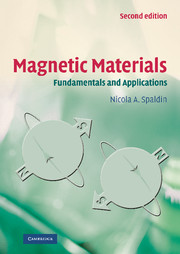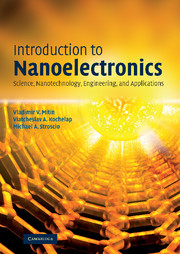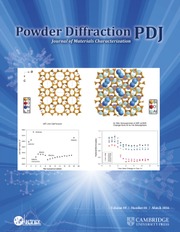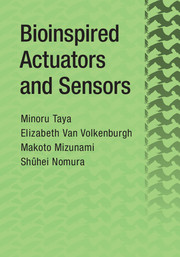Electronic Composites
Electronic composites, whose properties can be controlled by thermal or electromagnetic means, play an important role in micro- and nano-electromechanical systems (MEMS/NEMS) such as sensors, actuators, filters and switches. This 2005 book describes the processing, simulation, and applications of electronic composites. The book begins with a review of the mechanical, thermal, electromagnetic and coupling behaviour of electronic composites. Their major applications are then discussed. Key simulation models are described in detail and illustrated by reference to real examples. The book closes with a discussion of electronic composite processing, including MEMS design and packaging. The book contains a comprehensive list of references and is aimed at graduate students of electrical engineering and materials science. It will also be a useful reference for researchers and engineers in the MEMS industry.
- Describes all the key models that are used in the simulation of electronic composites
- Covers the applications of electronic composites in MEMS devices
- Discusses the processing of electronic composites in MEMS fabrication
Product details
May 2012Adobe eBook Reader
9781139239271
0 pages
0kg
228 b/w illus. 20 tables
This ISBN is for an eBook version which is distributed on our behalf by a third party.
Table of Contents
- 1. Introduction
- 2. Functions of electronic composites
- 3. Foundations of thermo-mechanical and electromagnetic behavior
- 4. Modeling of electronic composites based on effective medium theory
- 5. Resistor network model
- 6. Percolation model
- 7. Lamination model
- 8. Engineering problems
- Appendices
- References.

